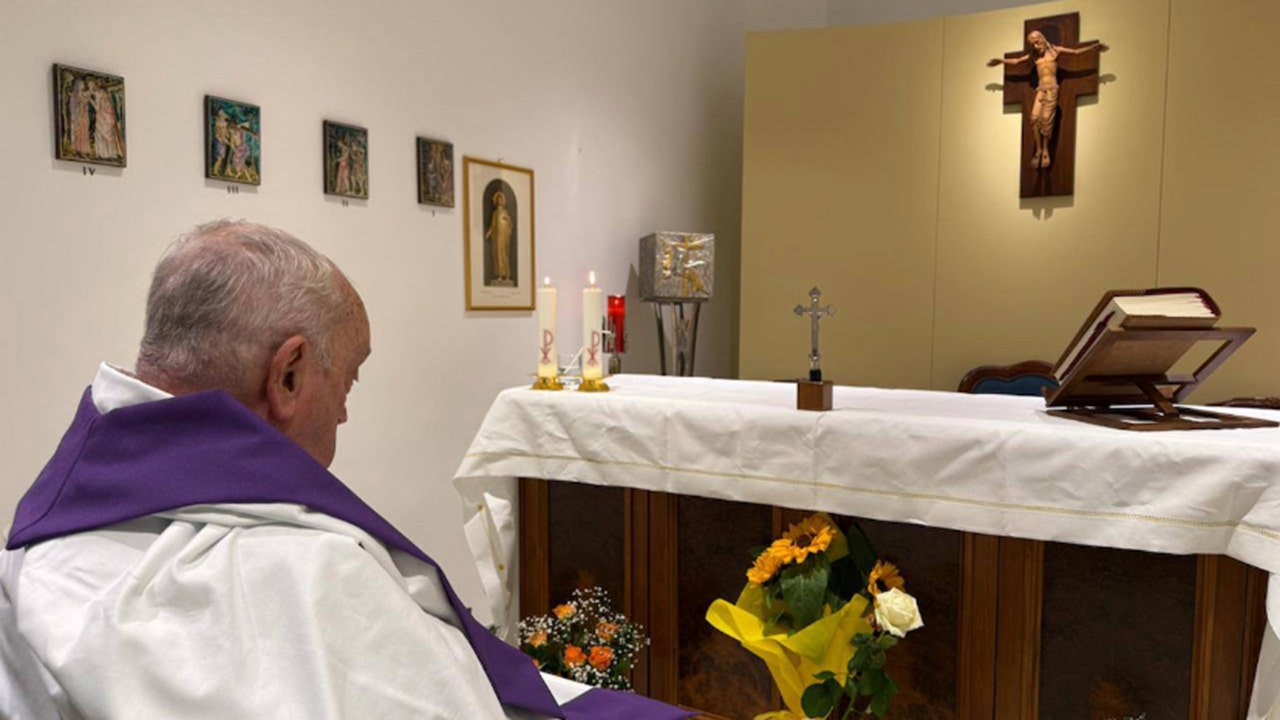Posted on Thursday, February 6, 2025
|
by AMAC, D.J. Wilson
|
0 Comments
|
An interior decorator is a person who beautifies rooms of a home using tricks of the trade to transform spaces. These professionals work closely with clients and other professionals to create visually pleasing interior spaces. Learn tricks of the trade used by these experts in decorating to give your home wow power!
Scared of making décor mistakes?
Making errors in decorating and design can be deeply problematic – wasting energy, time, money and materials – or leaving homeowners utterly unhappy. For those who struggle with decorating, hiring a professional is likely beneficial. Interior decorators provide valuable services by greatly reducing stress on homeowners who struggle with decorating and decision making.
Providing valuable service – but it’s cost prohibitive for some
Despite the value of their services, one must be willing to pay for it. Per Home Design Institute, consultations alone can typically cost between $150 and $300 per hour. Additional costs for more comprehensive interior design services can mount fast, whether it be a flat fee for service or percentages charged – heading into the thousands of dollars depending upon space and length of service.
Expenses drive DIY decorating options
Many folks on budgets welcome the do-it-yourself (DIY) route. DIY decorators are encouraged to follow examples used in model homes to achieve a professional look. Here are five main considerations:
- Choose an overall vibe. When people enter a room, they immediately have an emotional reaction to the aura or energy of that space. To keep the vibe going, it’s important to focus on one main central theme or aesthetic for the entire home. For this reason, it’s typical in model homes to see one theme showcased throughout the entire structure. For example, a postmodern style home will use clean lines, low-profile shapes, and textured or patterned materials in every room to offer cohesiveness. When selecting a theme, homeowners should choose elements that make them feel happy to maximize their personal enjoyment of space. However, decisions should be wise and tasteful so that buyers will like it if the home hits the market.
- Pay attention to scale. In home design, scale matters. The scale is an important element that dictates how well furniture, décor, and architectural elements fit together. For example, an oversized sofa might dwarf a small living room space, block walkways, or look overbearing. Similarly, a tiny sofa in a spacious room might be lost in that space. These are reasons why decorators pay attention to scale. They also watch proportions. Proportion refers to the ratio between the size of one object to another, whereas scale is relative to the space in which objects are placed. In model homes, both scale and proportion create balance – so they are equally essential.
- Creating visual harmony. As people move through a home from one room to another, it feels good when transitions are smooth. In model homes, decorators go out of their way to make sure there is a seamless flow from one room to another. They avoid selecting jarring colors or making big color changes from room to room. One exception might be for a child’s room. However, even in introducing bursts of color, professionals attempt to provide a transition, such as using neutral colors as a bridge between vibrant hues. To make a home flow harmoniously, simply choose one main neutral wall shade and carry it throughout the dwelling. Subtle/neutral colors typically work best because they are always in style.
- Consider function & comfort. You live in your home so it’s important that furniture pieces fit your needs both functionally and comfort wise. When model homes are staged, tasteful pieces of furniture are specifically chosen to fit the space and make people feel at home. Mainly, decorators pick well-built useful and comfortable furniture. They typically opt for neutrals or textured neutrals to serve as a backdrop for select and intentional pops of color via wall art, throw pillows, dishes, vases, and more. Subtle pops of color are common in model homes. Generally, one cheerful color is highlighted, such as butter yellow, blue or green. This color appears subtly throughout the home. Adding some color works to provide enliven neutral backdrops and provide vibrancy. In model homes, clutter is also kept down to a minimum to avoid distractions. This allows realtors to show off the space they are selling – rather than the stuff in it.
- Emphasize the best features. Most homes have special architectural features worthy of highlighting. In model homes, decorators take advantage of unique features that make a home special. For instance, a sofa may be placed facing an attractive fireplace or picture window overlooking a garden space. For darker corners, mirrors and lamps may be strategically placed to reflect light into the room to showcase a bar area or quaint reading nook, for example. High ceiling can also become focal points by using a statement light fixture or by adding wood beams to draw the eyes up. A coffer in architecture refers to a sunken panel in the shape of a square, rectangle, or octagon in a ceiling, soffit or vault.
Summing it up!
DIY home decorating can save a lot of money, but to achieve a visually pleasing space, it’s best to keep the above five basic principles in mind. Note that these same rules are used across the board by professional decorators and stagers to showcase model homes and create aesthetically pleasing spaces. To review, they include choosing an overall vibe, paying attention to scale, creating visual harmony, considering function and comfort, and lastly emphasizing a room’s features. Keeping these five concepts in mind when decorating will convince guests that you’ve hired a professional! Redecorating or fixing up your home to move? Click here.
Read the full article here











